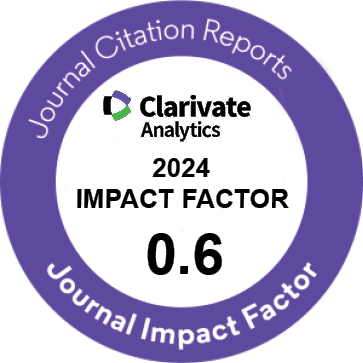| Original Article | |
| Comparison of the Effect of Cooling the Lower Abdomen and Oxytocin on Postpartum Blood Loss in Vaginal Delivery | |
| Zeinab Zarabadipour1, Hamideh Pakniat2, Masoumeh Rezaei Niaraki1, Nezal Azh3 | |
| 1Student Research Committee, School of Nursing and Midwifery, Qazvin University of Medical Sciences, Qazvin, Iran 2Department of Obstetrics and Gynecology, School of Medicine, Kosar Hospital, Qazvin University of Medical Sciences, Qazvin, Iran 3School of Nursing and Midwifery, Qazvin University of Medical Sciences, Qazvin, Iran |
|
|
IJWHR 2021; 9: 105-110 DOI: 10.15296/ijwhr.2021.19 Viewed : 2853 times Downloaded : 5138 times. Keywords : Icepack, Lower abdomen, Blood loss, PPH |
|
| Full Text(PDF) | Related Articles | |
| Abstract | |
Objectives: Using uterotonic drugs to prevent postpartum hemorrhage is recommended in the health centers. However, the related studies are contradictory, thus the evaluation of non-invasive methods with minimal side-effects such as icepack would be useful. Traditionally, icepack has been applied, along with drugs in most deliveries in postpartum hemorrhage (PPH) in Iran although it has not evidenced yet. Therefore, the present study aimed to evaluate the effect of the icepack on blood loss. Materials and Methods: This study was a randomized controlled trial. The sample size included 58 women including 29 intervention and 29 control groups. The intervention group benefited from an icepack placed on the lower abdomen 2 hours after placental delivery while the control group received 20 units of oxytocin. Subsequently, the amount of lost blood after placental delivery was measured via weighting the sheets and pads. The mean difference between the two groups was detected with 80% power at the two tails of a 5% significance level. Results: Based on the results, there was no significant difference between the groups in parity, neonatal weight, and hemoglobin levels before and after delivery in the second and third stage of delivery and breastfeeding. Moreover, excessive PPH was 12.1% (17.2% vs. 6.9%). Thus, no significant difference (P > 0.05) was observed between the groups in terms of blood loss (254 ± 68 mL vs. 245 ± 53 mL, respectively) although the only complication in the intervention group was an unpleasant cold feeling in the abdominal area. Conclusions: The application of the icepack in low-risk women is a non-pharmacological and affordable method that can be a good alternative to oxytocin in order to decrease blood loss after delivery. |
Cite By, Google Scholar
Google Scholar
PubMed
Online Submission System
 IJWHR ENDNOTE ® Style
IJWHR ENDNOTE ® Style
 Tutorials
Tutorials
 Publication Charge
Women's Reproductive Health Research Center
About Journal
Publication Charge
Women's Reproductive Health Research Center
About Journal
Aras Part Medical International Press Editor-in-Chief
Arash Khaki
Mertihan Kurdoglu Deputy Editor
Zafer Akan























